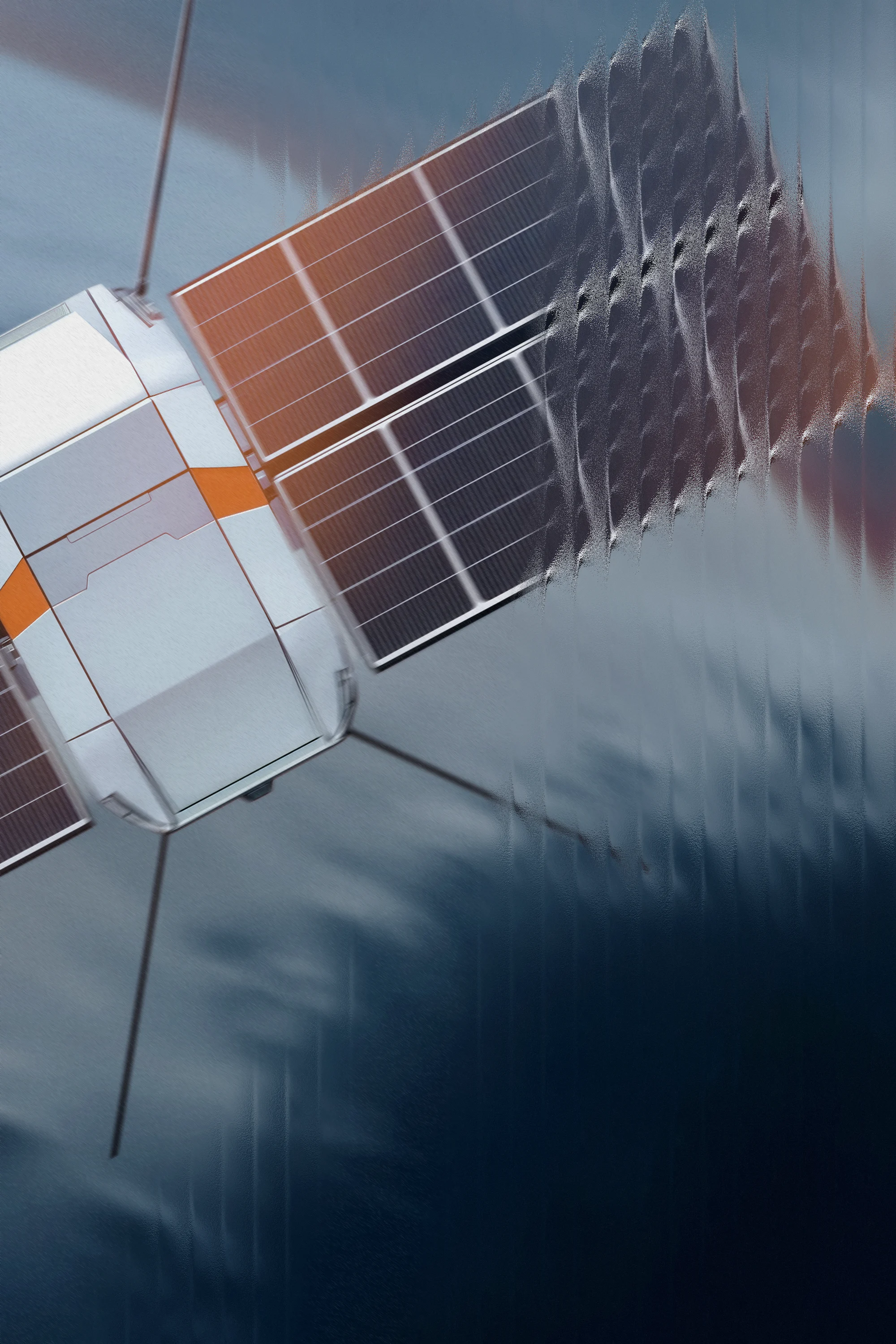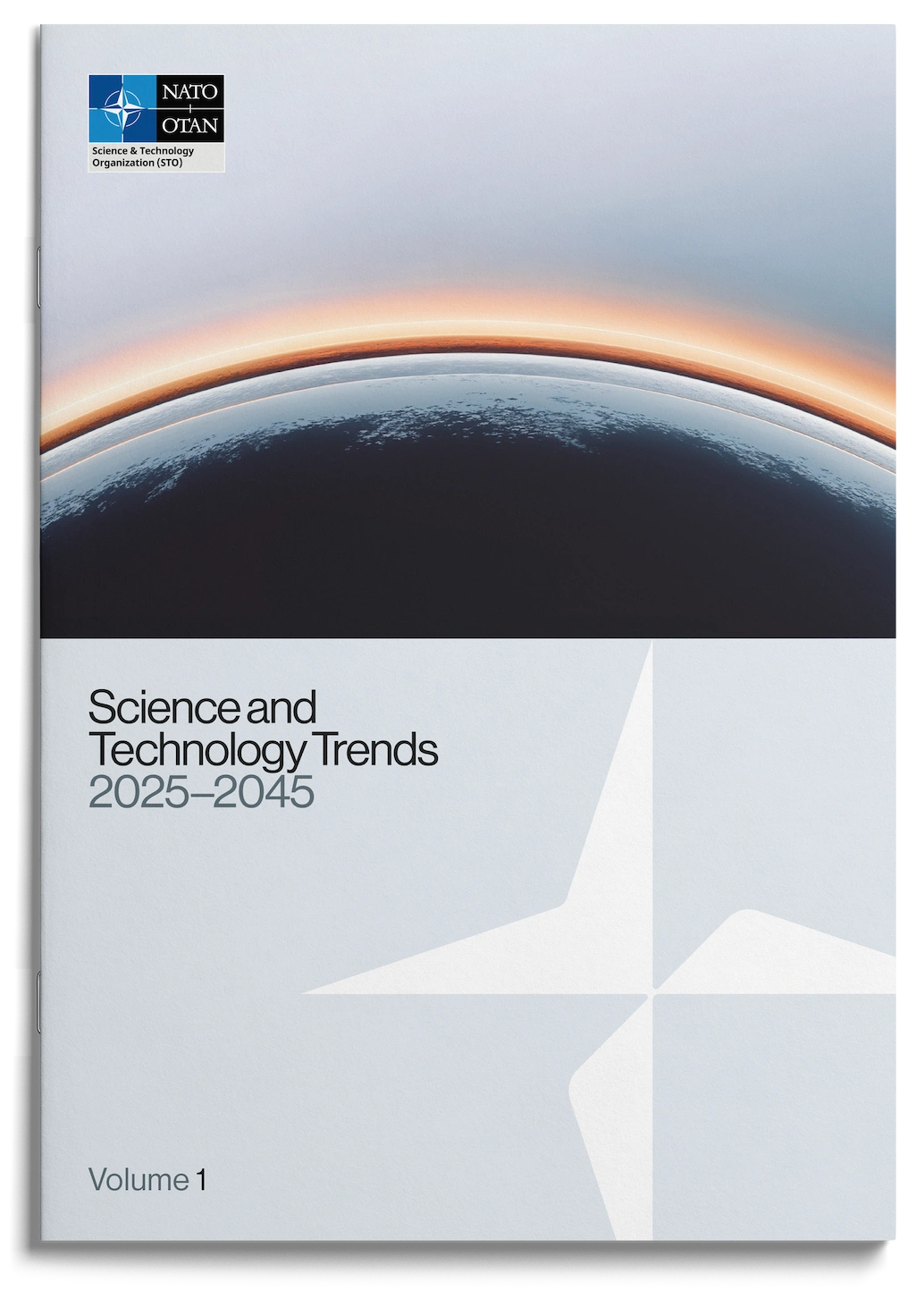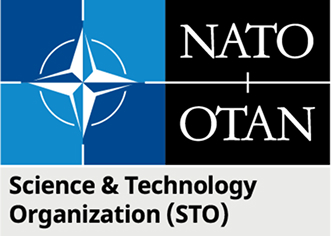Each of the S&T Macro Trends describes a distinct global trend that is uniquely impacted by and distinctly impacts S&T. These six trends are shaping and/or will shape NATO’s strategic landscape and influence how emerging and disruptive technologies (EDTs) continue to evolve. They will also impact how Alliance governments and societies respond to and develop future S&T policy. The following trends are anticipated to define the S&T landscape from 2025-2045, with differing impacts and timelines expected for each.
Macro Trend 1
Evolving Competition Areas

As global strategic competition intensifies, S&T advances will shape and transform the nature of competition, in traditional domains and in non-traditional ones – for example, cyber, space, hybrid and information, and in geographical regions such as the High North. In turn, the continued hybridisation of warfare and heightened importance of multi-domain operations (MDO) are expected to fuel further reliance on S&T across all domains.
Key judgements:
- Emerging technologies offer leaders a spectrum of strategic choices to be made now to ensure that the Alliance is fit for the future operating environment.
- Critical technology areas will shape the future of geopolitical competition and, simultaneously, geopolitical competition will fuel future S&T development.
- The continued hybridisation of warfare has not only made shocks from tactics such as economic coercion more likely, but has also heightened the importance of the cyber and space domains in future contests and conflicts.
Macro Trend 2
Race for AI and Quantum Superiority

Artificial Intelligence (AI) and quantum not only represent technology areas that will transform a diverse range of industries in the next 20 years, but they are also areas in which competition between dominant actors will accelerate over time. An essential and long-term aspect of this trend will be the challenge of finding, training, and retaining talent.
Key judgements:
- Digital transformation (including access to large quantities of quality data, as well as storage and dissemination tools) will remain essential as AI and quantum technology continue to develop.
- Talent acquisition, training, and retention will be a key battleground for technology competition.
- Like-minded nations will need to pool expertise and resources to win this race.
Macro Trend 3
Biotechnology Revolution

The next revolutionary technology cycle will be driven by synthetic biology. In addition to continuing developments in related technology areas (e.g., biodata and biosensors), this trend will bring issues such as research security (safeguarding sensitive research) and regulation to the forefront.
Key judgements:
- Synthetic biology and related technologies will have a disruptive, revolutionary impact within the next 20 years, in both the civilian and military realms.
- While the potential benefits from increased biotechnology use are substantial, especially for healthcare, the risks of harmful uses are also enormous. This necessitates careful consideration of security and defence implications, including the protection and sharing of research.
- Research safeguards need to align with our shared values and norms.
Hear thoughts from our Chief Scientist
Macro Trend 4
Resource Divide

S&T advancement serves both as a driver of deepening resource divides and as a potential enabler of economic development via AI-enabled solutions, bio- and green technology, and novel/advanced materials. Economic resilience and security as well as NATO’s global partnerships will become increasingly crucial in relation to this trend. Techno-nationalism is also expected to be further prioritised by leaders who view technological capability as increasingly integral to economic, societal, and national security needs.
Key judgements:
- Climate change will impact the Alliance’s shared access to critical resources for S&T innovation.
- Upcoming shocks, especially but not exclusively stemming from climate change, will exacerbate existing tensions between nations that can more easily recover from such shocks and those that cannot.
- Future technology advancement and adoption will act as both a solution to these growing tensions as well as an accelerator of them.
Macro Trend 5
Fragmenting Public Trust

Trust in science, institutions, and governments is vulnerable to further undermining and fragmentation, and technology acts primarily as an accelerator of these challenges, especially via AI-generated information threats. As a result of these developments, topics such as strategic communications, digital sovereignty, the need for trustworthy S&T solutions, and improved technology education are expected to increase in importance within the next 20 years.
Key judgements:
- Global leadership is needed to encourage the responsible use of EDTs.
- Technology, especially AI, is being used to decrease public trust (in governments, institutions, and science), and the future impact of these developments will be further complicated by rising political polarisation.
- In the long term, tech-fuelled solutions may offer tools for combatting disinformation and misinformation, but in the short term, strategic communications, legal/regulatory mechanisms, and technology education will be increasingly vital.
Macro Trend 6
Technology Integration & Dependencies

While S&T advancements will continue to provide solutions to complex challenges, access to these solutions will be unequal. For those with cutting-edge technology, differences in Concepts of Operations and regulation will pose challenges for interoperability and standards. Meanwhile, as innovation is increasingly driven by the private sector, new challenges for civilian-military integration will emerge, and the long-term effects of increased dependency on S&T across civilian and military domains may bring unexpected consequences.
Key judgements:
- Future S&T capabilities need to be interoperable by design.
- Interoperability will become more critical than ever for Allies in the next 20 years, yet new challenges to achieving it will also arise as disparities in technology access, usage, and regulations become more pronounced.
- Economic cooperation is needed with like-minded nations and private sector partners.
- Increasing dependencies on private actors for critical defence needs will become a greater challenge as S&T becomes increasingly essential for a wider range of military operations.

Which S&T Macro Trend surprised you the most?

Explore the full report
Gain the insights you need to navigate tomorrow’s technology-driven world. Read the full report now and be part of the conversation that’s defining our future.











